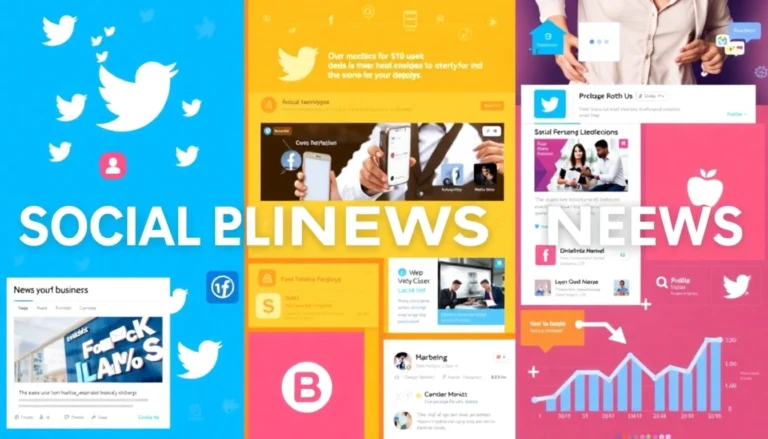Turning 26 marks a pivotal transition in health coverage. As you move from a parental plan to new options, understanding your choices can save money and prevent gaps in protection. This guide explains your health insurance options after age 26, how grace periods work, and strategies to compare plans and premiums. For more context on how these options align with your situation, Health Insurance options for 26 year old.
Health Insurance options for 26 year old: Understanding the Basics
Definition of 26-Year-Old Health Coverage and Eligibility
Once you turn 26, you typically age out of most dependent coverage offered through a parent’s plan. This milestone means you’ll need to select a plan that stands on its own—whether through an employer, a marketplace option, or a private carrier. Eligibility for specific programs can vary by state and by plan type, but the core principle remains: you’ll pursue a coverage path designed for adults who are independent of a parental policy.
Who can be Covered: Parents, Employers, and Private Plans
You have several mainstream routes: remain covered via an employer-sponsored plan if your employer offers one; enroll in an ACA Marketplace or state exchange plan; or purchase a private individual or family plan. In some cases, remaining on a parent’s plan may still be possible if you qualify for a disability exception, but this is highly dependent on plan rules and state regulations. Additionally, qualifying life events outside the open enrollment window can enable a mid-year enrollment in many circumstances.
Key Terms: Premiums, Deductibles, and Subsidies
Premiums are the monthly payments to keep coverage active. Deductibles are what you pay before many benefits kick in. Subsidies, including premium tax credits, can reduce monthly costs based on income. Understanding these terms helps you compare plans not just by sticker price but by total annual cost, including out-of-pocket expenses and potential subsidies.
Grace Periods, Enrollment Windows, and Timing
What Is a Grace Period and Does It Apply to You?
A grace period is a time after a missed premium where coverage may still continue. Availability and length vary by plan and insurer, and not all plans offer a grace period. Do not rely on a grace period as a sole protection against a lapse in coverage; confirm with your current insurer and understand the specific terms of your plan.
Special Enrollment Period vs Open Enrollment
Open enrollment is the annual window to enroll in or switch plans. A loss of coverage—such as aging out at 26—often qualifies you for a Special Enrollment Period (SEP), allowing you to enroll outside the standard open enrollment. If you miss an SEP, you may need to wait for the next open enrollment unless another qualifying life event occurs.
Documents You’ll Need for Enrollment
To enroll, you’ll typically need identification and eligibility information: a Social Security number, date of birth, proof of income, and residency details. Some applications may require employer information, immigration status, or documentation related to disability status if applicable.
Health Insurance options for 26 year old: ACA Marketplace, Private Plans, and More
ACA Marketplace Plans and Subsidies
Marketplace plans (often called ACA plans) offer a range of metal levels—bronze, silver, gold, and platinum—designed to balance premiums with coverage breadth. Many 26-year-olds qualify for premium subsidies or cost-sharing reductions based on income, which can substantially lower monthly costs. Shopping through the marketplace or your state’s equivalent helps you compare multiple insurers side by side and identify plans that fit your budget and needs.
Private Insurance Options and Network Considerations
Private plans provide flexibility beyond the marketplace, with varying network structures (HMO, PPO, EPO) and benefit designs. When evaluating private plans, consider whether your preferred doctors and hospitals are in-network, how out-of-network costs are handled, and the plan’s deductible, copayments, and out-of-pocket maximum. Private options can be attractive for specific needs or if marketplace plans do not meet your preferences.
COBRA and Short-Term Plans When You Turn 26
COBRA offers a bridge from an employer-sponsored plan by extending coverage for a limited period, though you’ll typically pay the full premium plus a continuation fee. Short-term medical insurance can fill gaps between plans but often excludes preexisting conditions and may not meet ACA minimum essential coverage. Use these as bridging solutions only if they align with your health needs and financial situation.
Finding Affordable Health Insurance in Your 20s
Using Our Plan Finder Tool to Explore Health Insurance options for 26 year old
To pinpoint the most affordable health insurance for a 26-year-old, use our Plan Finder Tool. It compares ACA marketplace plans and private options, helping you evaluate premiums, deductibles, networks, and subsidies to identify the best fit for your lifestyle and budget.
Cost-Saving Strategies: Subsidies, Networks, and Deductibles
Key strategies include: applying for subsidies if eligible, prioritizing in-network care to minimize out-of-pocket costs, and balancing deductible levels with anticipated medical needs. If you anticipate frequent care, a plan with a higher premium but lower out-of-pocket costs may save money over the year. For healthier periods, a lower premium with a higher deductible might be more economical.
Real-World Scenarios: 26-Year-Old Applicants
Consider a recent graduate entering a first job with modest income. They may qualify for significant premium subsidies on an ACA silver plan, reducing monthly costs while preserving essential benefits. A part-time student or contractor might opt for a private plan with a favorable network and predictable costs, especially if they require ongoing medications or specialist visits. Each situation underscores the importance of comparing both monthly premiums and expected annual out-of-pocket expenses.
Next Steps: Enrollment, Verification, and Management
Step-by-Step Enrollment Process
1) Determine eligibility and plan type (ACA marketplace, private, or employer-based). 2) Gather documentation (identification, income proof, residency). 3) Compare plans using a plan finder tool or marketplace filters. 4) Apply and select a plan within an SEP or open enrollment window. 5) Pay the first premium and confirm effective coverage date. 6) Save plan details and set reminders for renewals.
Required Documentation Checklist
- Social Security number or ITIN
- Date of birth and proof of income (pay stubs, tax returns)
- Residency verification (address, utility bills)
- Employer information (if applicable)
- Existing health records or prescriptions (optional but helpful)
Tracking Plan Changes and Renewal
Keep a personal record of plan changes, renewal dates, and any subsidies or subsidies changes. Reassess annual needs—changing jobs, income, or health status can shift the most cost-effective option. Set calendar reminders for renewal windows and SEP deadlines to avoid gaps in coverage.








